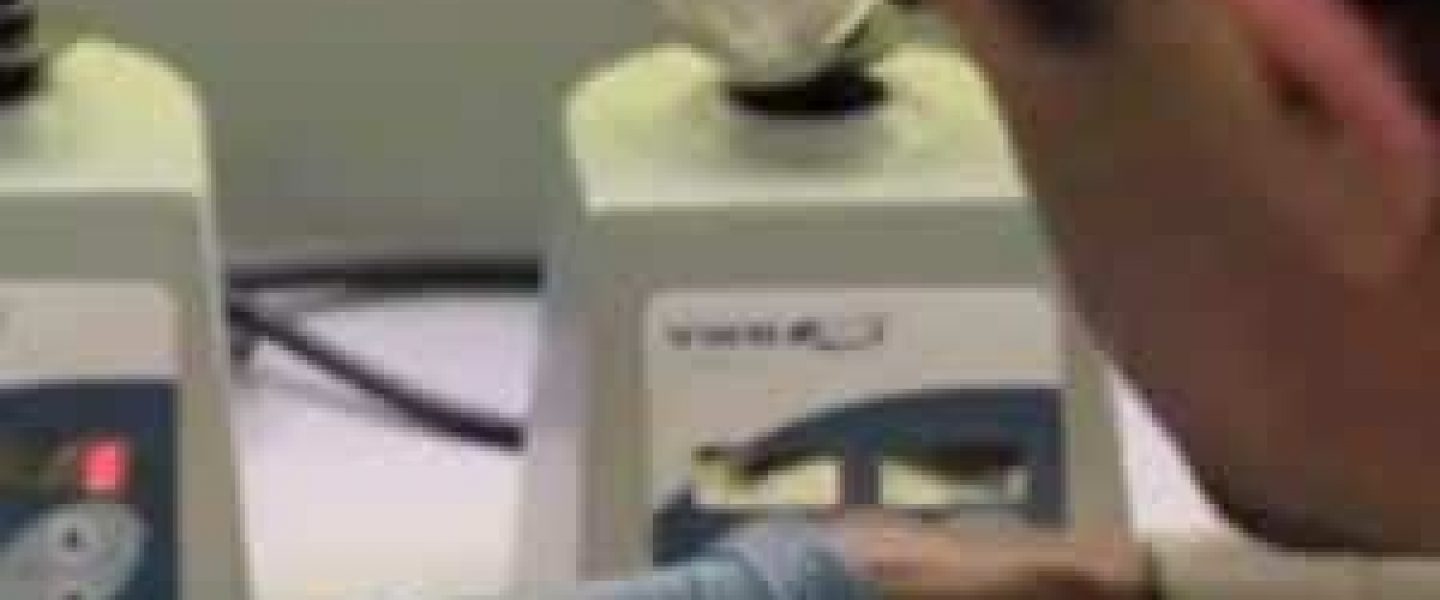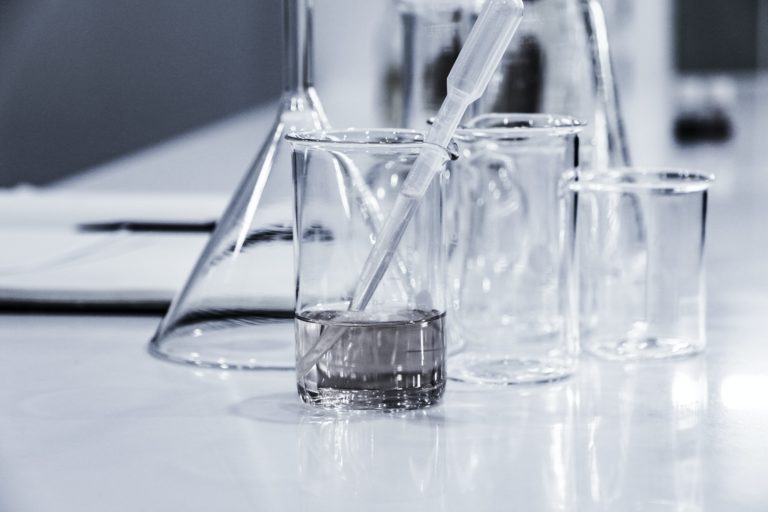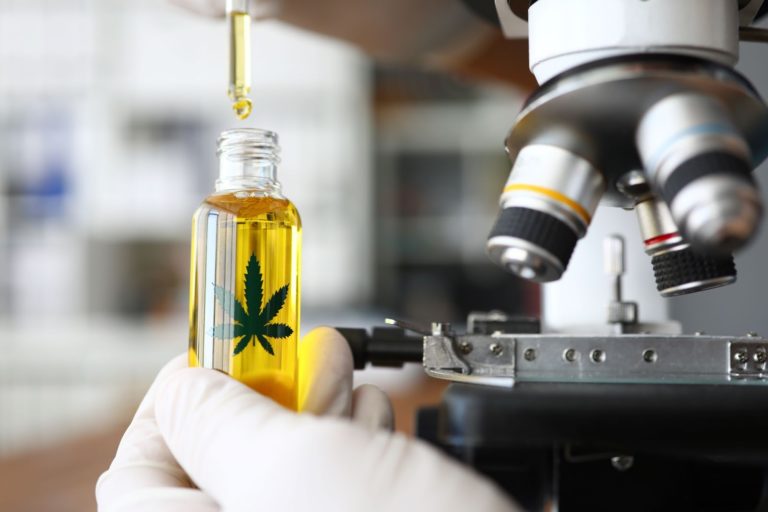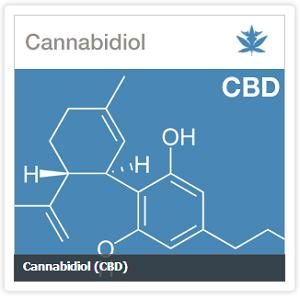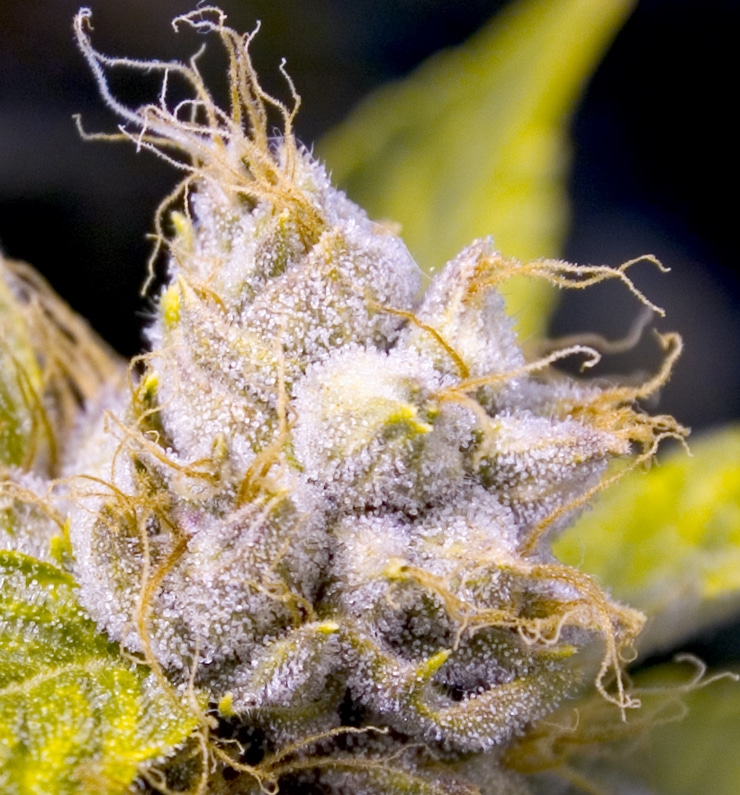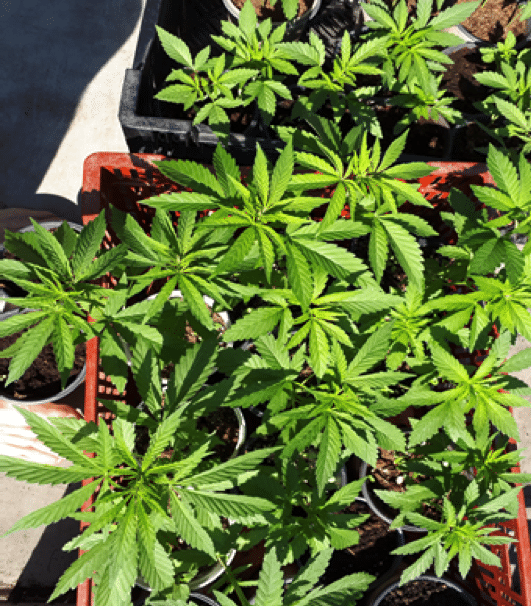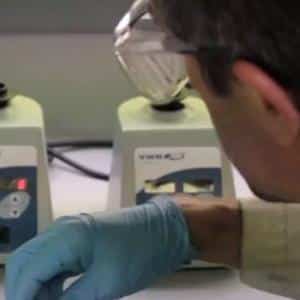 10 Ways Cannabis Testing Can Go Wrong
10 Ways Cannabis Testing Can Go Wrong
Written by Jason Wilson, Laboratory Technologist for Kenevir Research
There is a lot of skepticism in the cannabis community toward laboratories. The purpose of this article is to show how cannabis testing can go wrong, in order to help educate and empower people so they can recognize suspect results or methods and find a lab that produces results they can trust.
1) Residue Buildup in Analytical Instruments aka “ghost peaks”
One way that an instrument can produce bogus results is through residue buildup in the machine. When repeated analyses are performed, residues build up in the machine, eventually leading to highly exaggerated results. This is why regular tuning and maintenance of laboratory instruments is absolutely necessary for ensuring quality control.
2) Incompetence
Just because a machine produces a number and someone reports it, that does not ensure the validity of the result. The general rule of thumb is that any analytical laboratory should be managed by someone with a PhD and published in peer reviewed research journals. Most natural products laboratories also require that the person be actively pursuing further research and publishing papers regularly. You should feel comfortable asking your lab to provide information about the credentials of the lab’s staff.
3) Improper Cleaning of Tools and supplies
It is very important that all surfaces, tools, and gloves are cleaned and sterilized between the preparations of each sample. If this does not happen, there becomes cross contamination between samples and the results become invalid.
4) Mishandling of sample material
If a laboratory technician does not wear gloves, and hair nets if the technician has long hair, to prepare cannabis samples, not only does the sample become contaminated, but the oils on the skin will pick up the oils off of the cannabis sample, including the cannabinoids and terpenes, making the subsequent result invalid.
5) Improper sample Homogenization
Samples have to be homogenized before exposing them to solvents and performing extractions. This helps to ensure a full and proper extraction.
6) Inaccurate Formulations/Invalid Methods
It is vital that a laboratory use valid methods when performing any sort of chemical analysis in order to satisfy quality assurance standards. This can require many hours spent pouring over peer-reviewed research literature to find the best methods for the lab’s particular circumstances.
Another issue is inaccurate formulation. Sample preparations require precisely calculated volumetrics as well as very pure solvents to ensure good extractions
7) Improper Instrument Settings/Lack of regular servicing
An analytical instrument must be calibrated and customized to fit the type of analysis to be performed. Analytical instruments can detect compounds at varying “resolutions.” An instrument must be set so that the data resolution is maximized to ensure quality results. The instrument must also undergo regular servicing and maintenance to ensure result reliability.
8) No reference standards or Quality Control
For quality assurance it is absolutely essential that laboratories use quality assurance practices, including quality control samples and reference standards to calibrate analysis results. A cannabinoid reference standard is a specially formulated sample that has a known amount of cannabinoids present. When tests are run, the results can be compared and calibrated with the results of the reference standard to determine an accurate result.
For pesticide analysis quality control, a sample is spiked with a known amount of pesticide. When the sample is analyzed, the result for that pesticide should correlate with the amount known to be in the sample. This helps assure quality assurance and repeatability. Labs should maintain auditable records of calibration certificates, maintenance schedules, etc.
9) Ignoring Conversion Factors
High Pressure (or High Performance) Liquid Chromatography (HPLC) is being used more and more for cannabis potency testing. This is primarily because a liquid chromatograph can report the presence of the carboxylic acid forms of cannabinoids: THCa, CBDa, CBCa, and so on. When calculating the total potential decarboxylated THC content in a sample, it is tempting but inaccurate to simply add the THCa and THC numbers together, although this has become a common practice in cannabis testing with HPLC. There is actually a “decarboxylation conversion factor” that must be applied to the THCa content before a more accurate THC content can be calculated. Otherwise an exaggerated result will be reported.
You can check on a lab’s certificate of analysis for this by noting the total THC percentage and checking to see if it is the simple sum of THCa and THC. If that sum is the same as their total THC result, then they are not including the decarboxylation conversion factor.
10) unquantifiable results
There is also the issue of using methods that produce unquantifiable results. You might find a laboratory that uses Thin Layer Chromatography (TLC) to measure potency. It is difficult to obtain precise results from TLC. This method is great for looking at cannabinoid ratios and estimating cannabinoid content, but not for getting precise values. To determine true quantitative values, more sophisticated instrumentation must be used, such as gas or liquid chromatography or mass spectrometry.
Along with the issue of unquantifiable results, a value of zero should almost never be present in laboratory results. Instead of reporting zero, a scientist usually reports a value of “not detectable” or something similar. If you see a result of zero, ask the laboratory how they determined a value of zero rather than undetectable.
To further understand where cannabis testing can go wrong, it is prudent to comment on the current pricing of laboratory services for the cannabis industry. The current cannabis market in Oregon is demanding testing prices as low as $75 to $100. In any other industry – whether it be hops, apples, or green tea – the same sorts of testing would range anywhere between $250 to $400 or more, even though the analyses are the same. It is important to understand this, because this discrepancy certainly has consequences. This pressure for low pricing causes some labs to cut corners, compromise quality control, and in some cases actually report falsified results just to compete to offer the lowest pricing and gain market share in this rapidly changing and growing industry.
The lack of regulatory oversight for cannabis laboratories in Oregon makes it very difficult for a consumer to distinguish labs of integrity from fraudulent laboratories. It is in everyone’s best interest to ask questions and demand high standards and quality assurance from laboratories serving the cannabis industry.
*This article is abbreviated. Visit https://www.kenevirresearch.com/learn to read the full article!*


